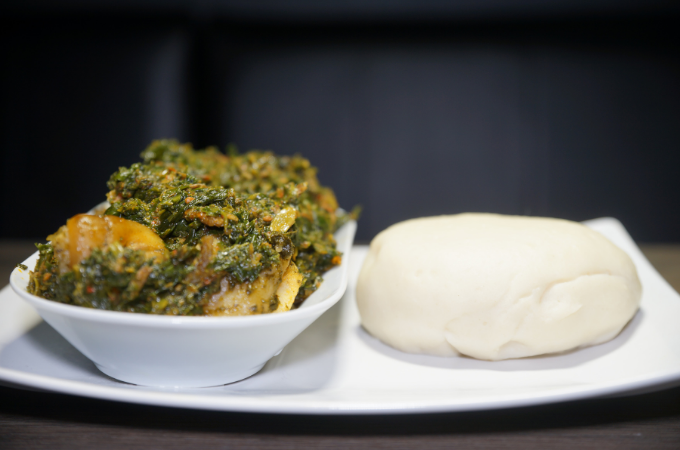
Nigerian-American recipe developer and author of “10 Essential Nigerian Recipes” Yewande Komolafe has a short but lovely piece in the New York Times. The essay is an ode to a staple of African cuisine and, indeed, other culinary cultures. In English, this kind of foods is called swallows. In Nigerian, it’s called fufu in Nigeria and Ugali in Kenya. She looks at how swallows tie various black worlds, from Africa to the Caribbean, how to cook it and how it should eaten. The essay is a quick read but offers a thoughtful reflection on a key aspect of global black life.
There is an art to eating swallows: the proper thumb-and-finger pinch to pull off a bite, the almost imperceptible roll of the dough from the palm to the tips of the fingers as it’s lowered into soup to scoop a mouthful. But I am perennially out of practice.
I am highly self-conscious about my swallow-rolling technique, one that I’ve barely improved since my childhood in Lagos. While savoring them effortlessly requires years of practice, shoddy technique does not lessen my appreciation for swallows’ subtle, earthy sweetness.
Swallows, as they’re called in English, are a broad category of cooked starchy vegetables and grains that are pounded or kneaded until soft and elastic. In regional African and Afro-Caribbean cuisines, they go by a variety of names and are prepared using a range of ingredients; there’s northern Nigerian tuwo shinkafa made with rice, East African ugali made from corn, southwest Haitian tonmtonm made from breadfruit.









COMMENTS -
Reader Interactions